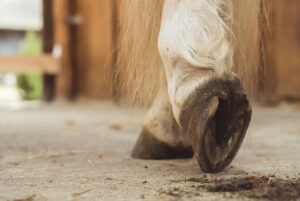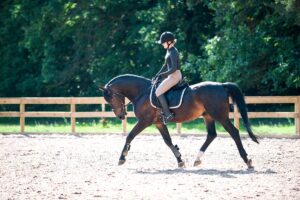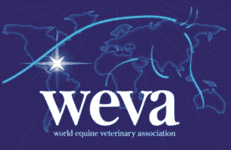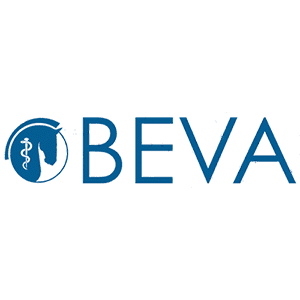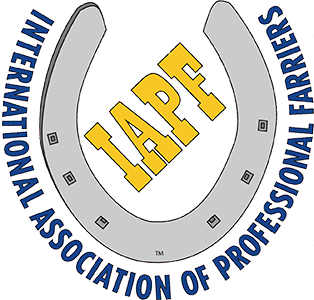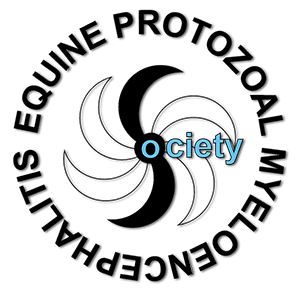Correcting Foundered Feet
Can coffin bone (also called the third phalanx, or P3) rotation be improved or corrected in horses that have foundered (suffered laminitis severe enough to displace the coffin bone)?
AThe cornerstones of founder management are shoeing and diet. Once the disease has occurred, treatment is aimed at decreasing stresses on the foot and reducing risk factors for recurrence.
Horses can founder for many reasons, including mechanical overloading of the hoof (road founder), endocrine diseases such as Cushing’s, insulin resistance, obesity, systemic infection, toxic plant ingestion, illness, and grain overload. Once the laminae are inflamed, painful, and unstable, support of P3 is affected. Any mechanical forces to P3 will now cause it to shift. The deep digital flexor tendon (DDFT) puts more tension on P3 than any other force and commonly causes rotation when laminae are weakened. The tip of P3 rotates down toward, and sometimes through, the sole.
Treatment in the acute phase focuses on protecting the now very fragile laminae. Stall rest is critical, as is decreasing the mechanical pull of the DDFT. Supporting the sole with padding, sand bedding, or using hoof wedges to decrease the tension of the DDFT can help reduce rotation. Pain control with non-steroidal anti-inflammatory medication is essential
Create a free account with TheHorse.com to view this content.
TheHorse.com is home to thousands of free articles about horse health care. In order to access some of our exclusive free content, you must be signed into TheHorse.com.
Start your free account today!
Already have an account?
and continue reading.


